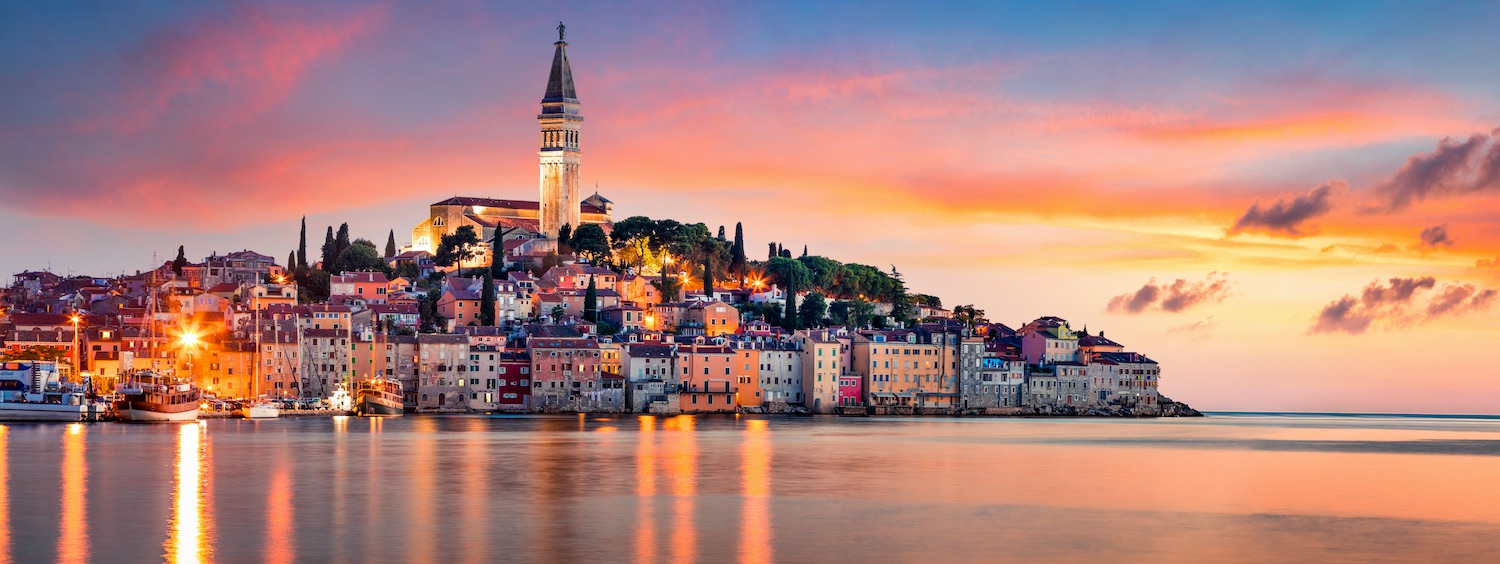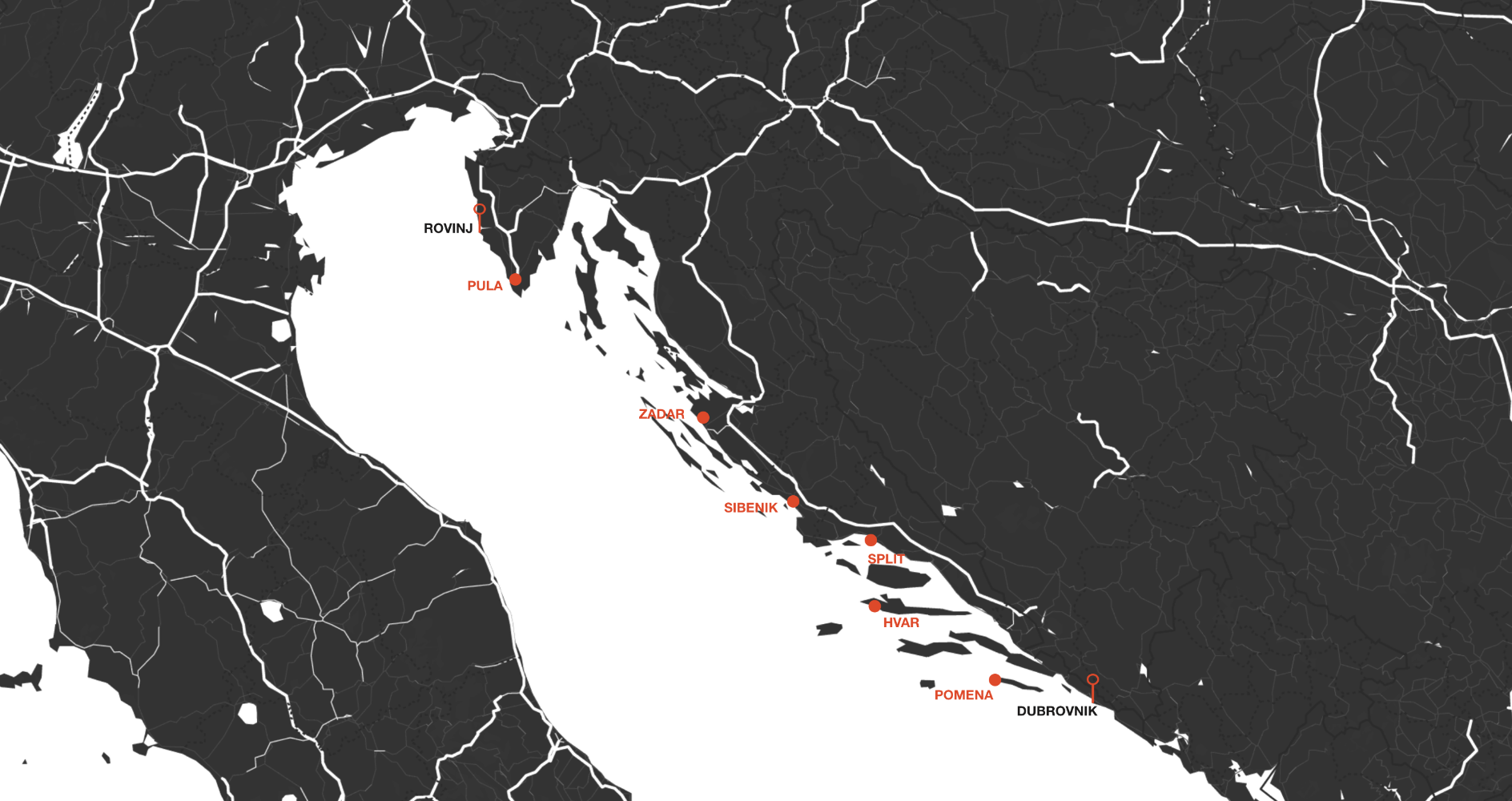Welcome aboard the yacht at anchor off Dubrovnik’s historic walled city. Well worth walking around its narrow streets and picturesque harbour, relaxing in one of the coffee houses of the town plaza or soaking up the history. Dubrovnik has many monuments dating from the 14th, 15th and 16th centuries. The town has been painstakingly reconstructed following the destruction in 1991 and 1992, when 68% of the buildings were damaged or destroyed. Dubrovnik is again one of the jewels of the Adriatic.
After introduction of the crew and a refreshment drink, we will depart for Pomena which is a small village on the island of Mjet.
From here it is a walk or boat ride to the two lakes Malo Jzero and Veliko Jerero. These lakes are connected together by a channel. In the middle of Veliko Jerero is an islet with a Benedictine Monastery. It was originally built in the 12th century but has been rebuilt several times since. These lakes and the monastery are a highlight of Croatia and are a favorite with everyone that visits them.
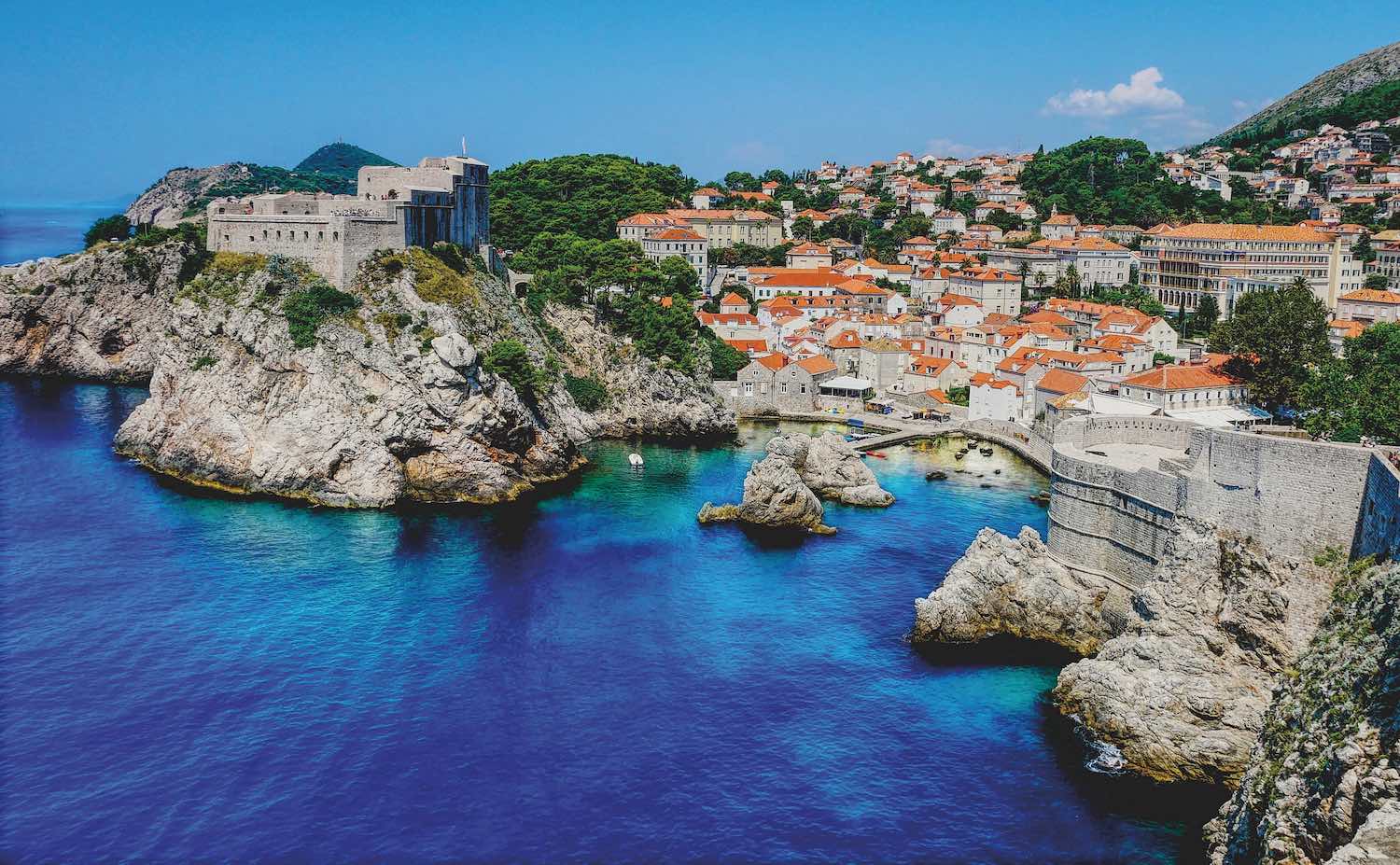
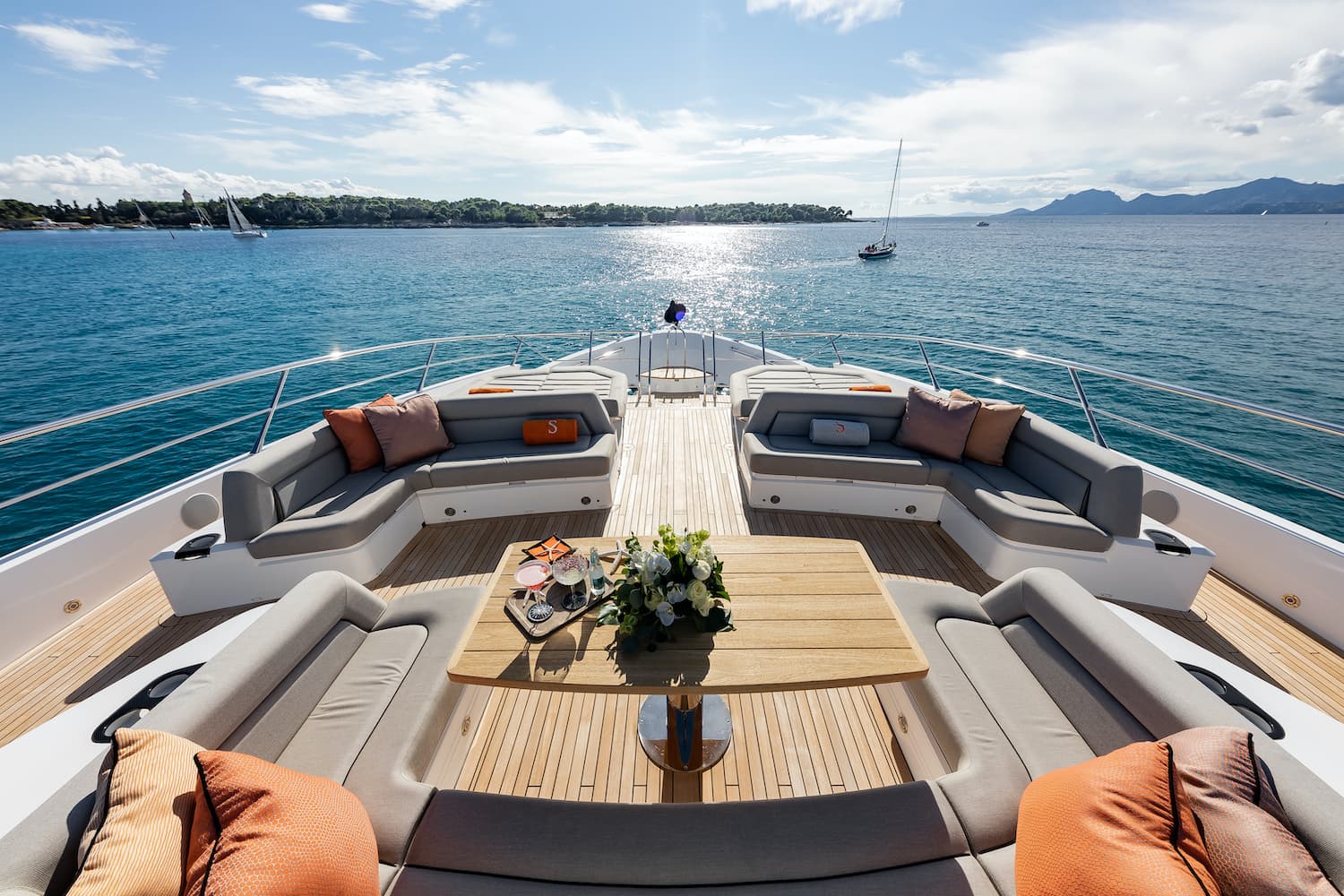
Leave Pomena in the morning and cruise along the coast to Hvar.
The longest Adriatic island, Hvar holds the local record for the number of sunny days per year, and holds the international distinction of being the Dalmatian Coast’s answer to St. Tropez.
Anchor at any of the numerous picturesque inlets and bays along its coast to take advantage of the gorgeous waters and surroundings to swim, kayak, or water ski. Or head straight to the main harbor town for beautiful people, stylish cafés and restaurants, and a vibrant nightlife scene, all set against the backdrop of a well-preserved medieval town.
If you’re in need of a little more historic culture, the oldest community theatre in Europe, founded here is 1612, is on one of the largest Renaissance squares. Visit the Renaissance cathedral with its original tower, rich treasury, and paintings by old masters.
Come in the summer and you’ll find the inland areas blanketed in the soft purple of lavender in bloom.
St. Klement Islands (Pakleni Otoci): small, wooded islands with sandy beaches and a historic fortress overlooking a botanical garden.
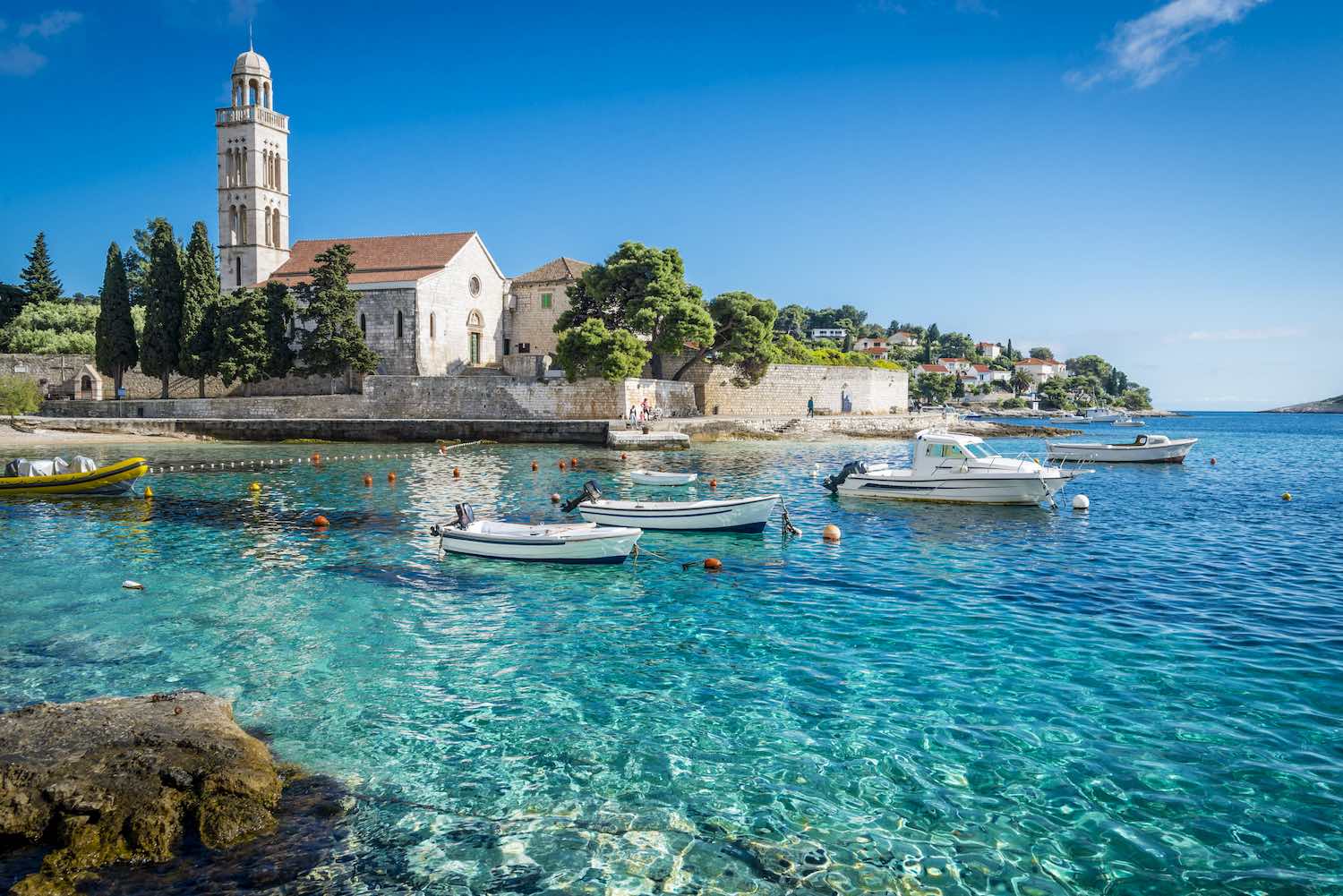
Leave Hvar in the morning and cruise in Split.
Croatia's second-largest city, Split is a great place to see Dalmatian life as it’s really lived. Always buzzing, this exuberant city has just the right balance of tradition and modernity. Step inside Diocletian’s Palace (a Unesco World Heritage site and one of the world’s most impressive Roman monuments) and you’ll see dozens of bars, restaurants and shops thriving amid the atmospheric old walls where Split life has been humming along for thousands of years.
To top it off, Split has a unique setting. Its dramatic coastal mountains act as the perfect backdrop to the turquoise waters of the Adriatic and help divert attention from the dozens of shabby high-rise apartment blocks that fill its suburbs.
Diocletian Palace and Peristyle
Cathedral of St.Duje
Peristyle, Republic and People's Squares
Jupiter’s temple
Riva promenade
Split Croatia National Theater
Mestrovic Gallery
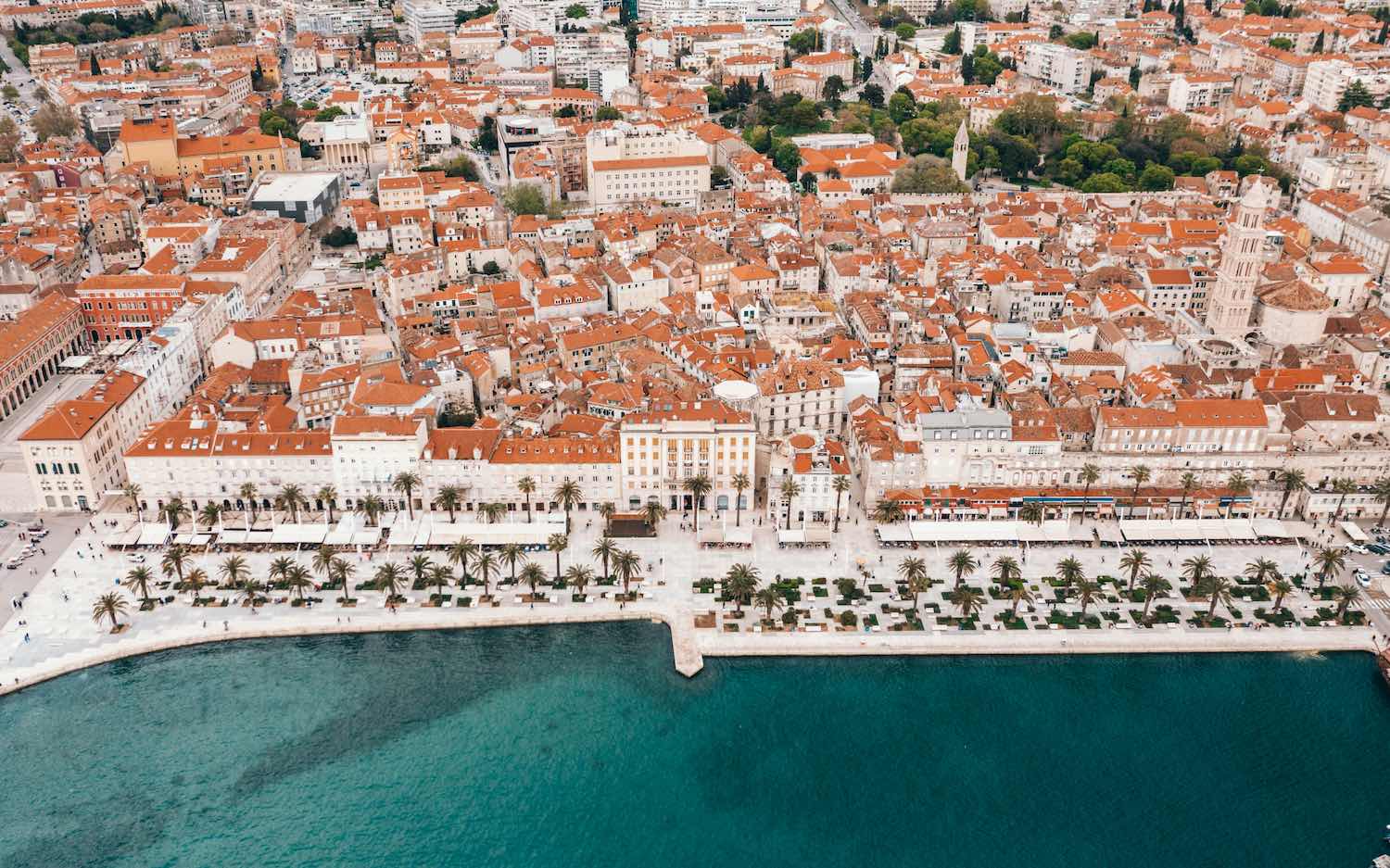
You leave Split early in the morning to arrival in Sibenik which is the oldest originally Croatian town on the Croatian Coast.
The fortified town of Sibenik was founded by Croats around the 9th century. Due to the development of the medieval Croatian state the town Sibenik made a progress and it was mentioned for the first time in the 11th century in a document written by the king Petar Krešimir IV. Shortly afterwards there were many different nations fighting for this town – from the Austrian-Hungarian monarchy over Byzantium to Venice, but the town was still making progress, spreading and developing its culture, art, navigation, trade and economy in general. Sibenik was under the Venetian rule for long 400 years, but from that period we have the most significant historical and cultural sites of Sibenik today.
Cathedral St. Jacob (1431-1536): The most significant architectonic monument of renaissance in Croatia.
Churches: St. Krsevan, St. Francis, St. Nicolas and St. Lawrence
Fortresses: St. Michael, St. Ivan, Subicevac and St. Nicholas
City Hall
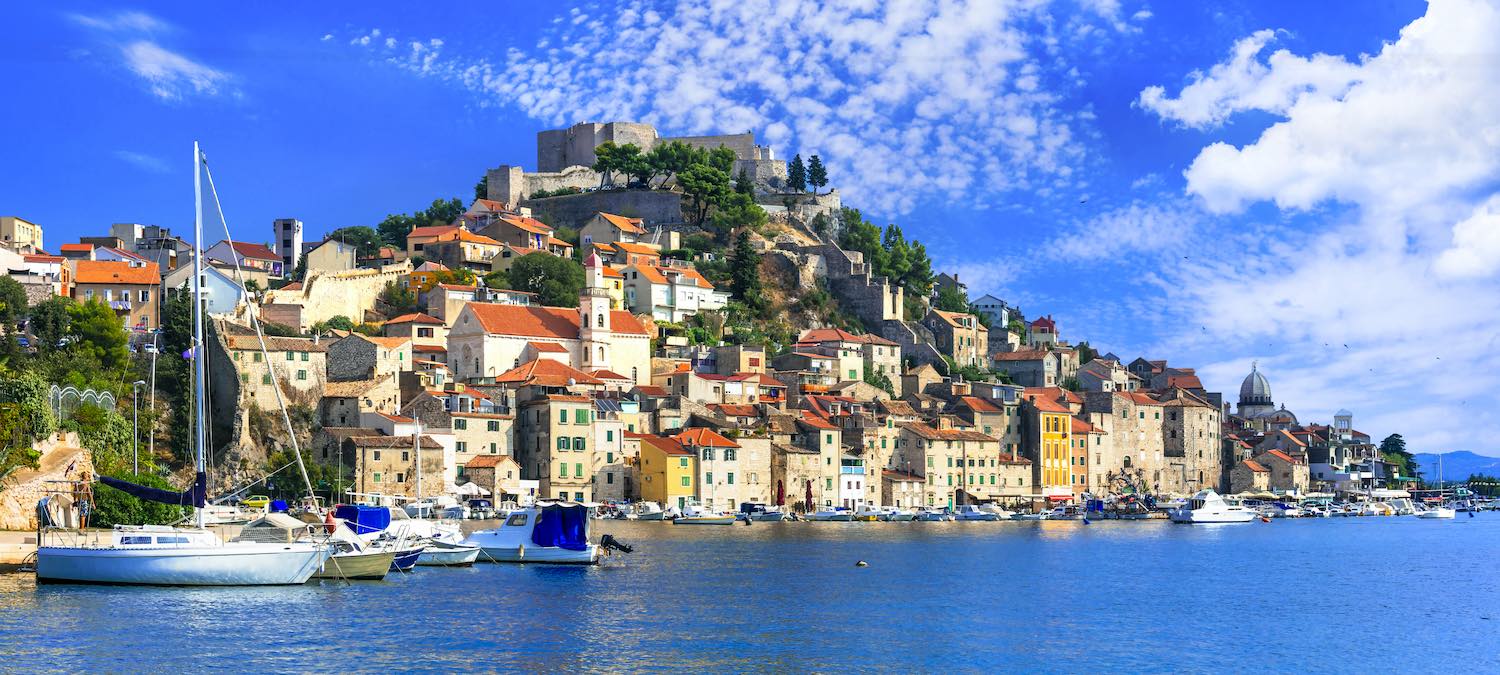
In the morning depart for Zadar which is a city of exceptional history and rich cultural heritage.
Zadar is a city monument, surrounded by historical ramparts, a treasury of the archaeological and monumental riches of ancient and medieval times, Renaissance and many contemporary architectural achievements such as the first Sea Organ in the world.
The district of present-day Zadar has been populated since prehistoric times. The earliest evidence of human life comes from the Late Stone Age, while numerous settlements have been dated as early as the Neolithic. Before the Illyrians, the area was inhabited by an ancient Mediterranean people of a pre-Indo-European culture. They assimilated with the Indo-Europeans who settled between the 4th and 2nd millennium BC into a new ethnical unity, that of the Liburnians. Zadar was a Liburnian settlement, laid out in the 9th century BC, built on a small stone islet and embankments where the old city stands and tied to the mainland by the overflown narrow isthmus, which created a natural port in its northern strait.
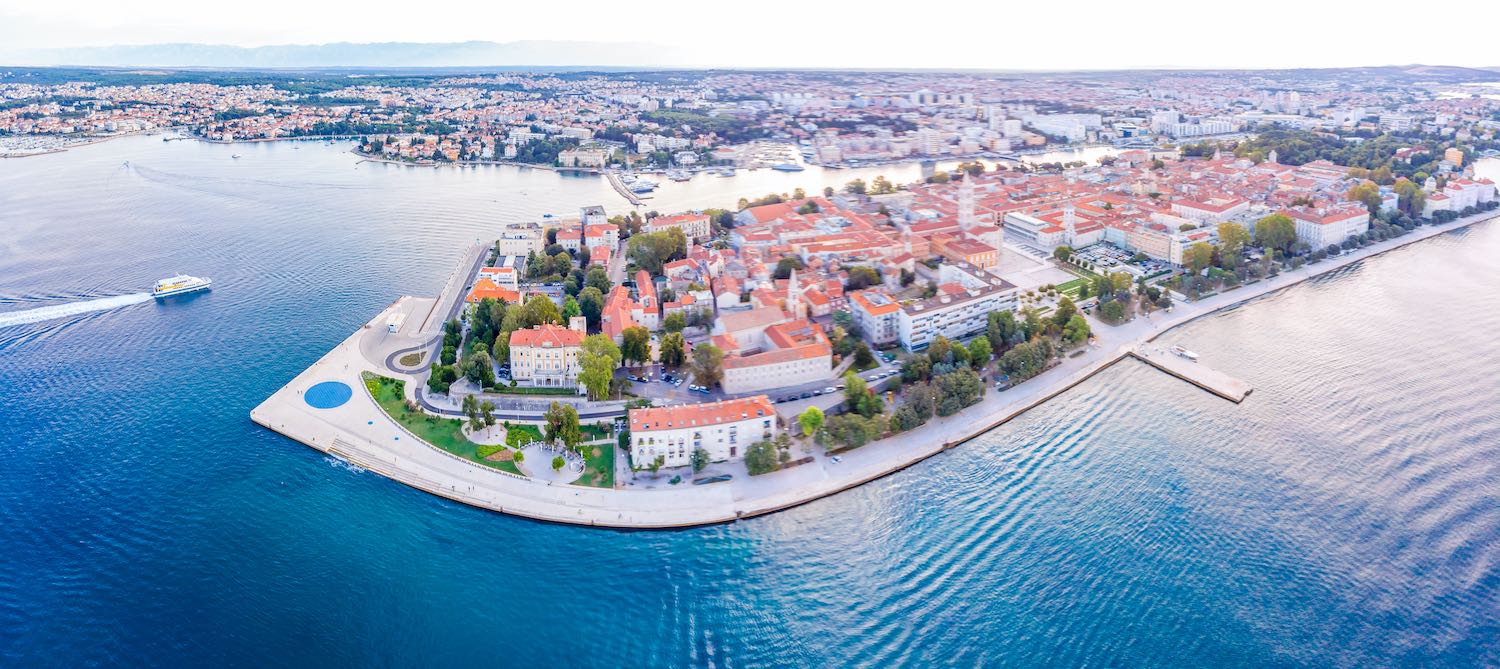
Depart for a night passage for a morning arrival in Pula.
The wealth of Roman architecture makes otherwise workaday Pula a standout among Croatia’s larger cities. The star of the show is the remarkably well-preserved Roman amphitheatre, smack in the heart of the city, which dominates the streetscape and doubles as a venue for summer concerts and festivals.
Historical attractions aside, Pula is a busy commercial city on the sea that has managed to retain a friendly small-town appeal. Just a short bus ride away, a series of beaches awaits at the resorts that occupy the Verudela Peninsula to the south. The coast is dotted with fragrant pine groves, seaside cafes and a clutch of good restaurants.
The Premantura Peninsula: This area hides a spectacular nature park, the protected cape of Kamenjak.
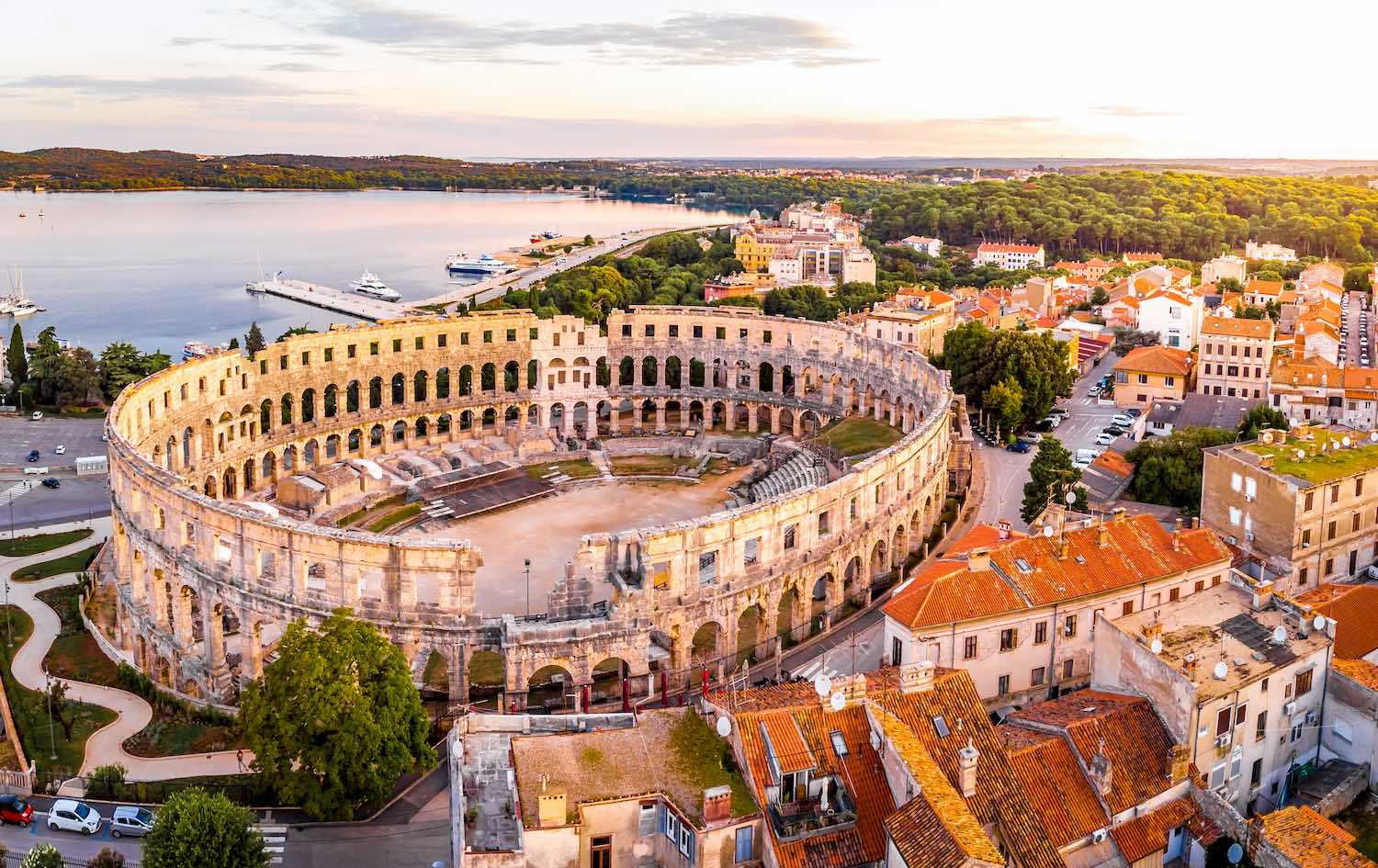
You leave Pula in the morning for Rovnij which is located on the southern end of the Istrian peninsula.
This small city looks to be straight out of 16th-century Venice, complete with a campanile and a statue of St. Catherine of Alexandria on top of the church. It’s no wonder - the region was controlled by the Venetians for centuries before the Austrian Empire and then the Italians owned it until after World War II.
Due to its location off the beaten Mediterranean paths, it sees comparatively few international tourists, despite being not too far off from Tuscany before the tourists arrived.
Head inland to cute towns like Motovun, where truffles are abundant and incredible restaurants like Barbacan and Mondo Konoba hide behind traditional, low-key facades. You could easily spend a few days cycling around the peninsula’s interior, exploring the towns and farmland for yourself. Back on the Adriatic, the area teems with twenty-two islands and islets, all of which are a protected natural heritage. Just north of the city, you’ll find the Lim Canal, a gorgeous natural fjord once famous for its oysters.
Katatina Island: Just across from the city, it is well worth a stop.
Crveni Otok: Also close by, known as the Flower Island for it’s lush vegetation.
